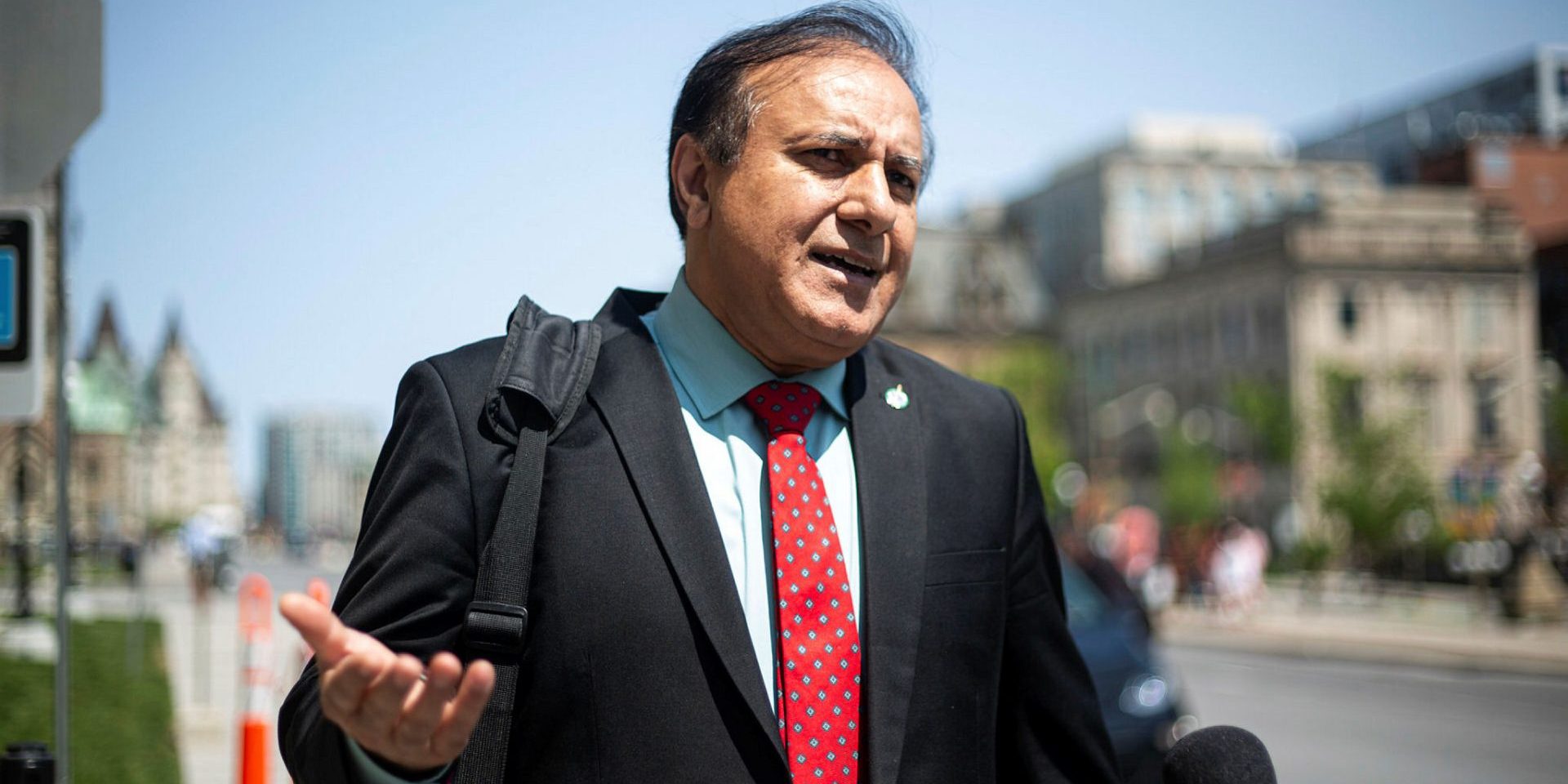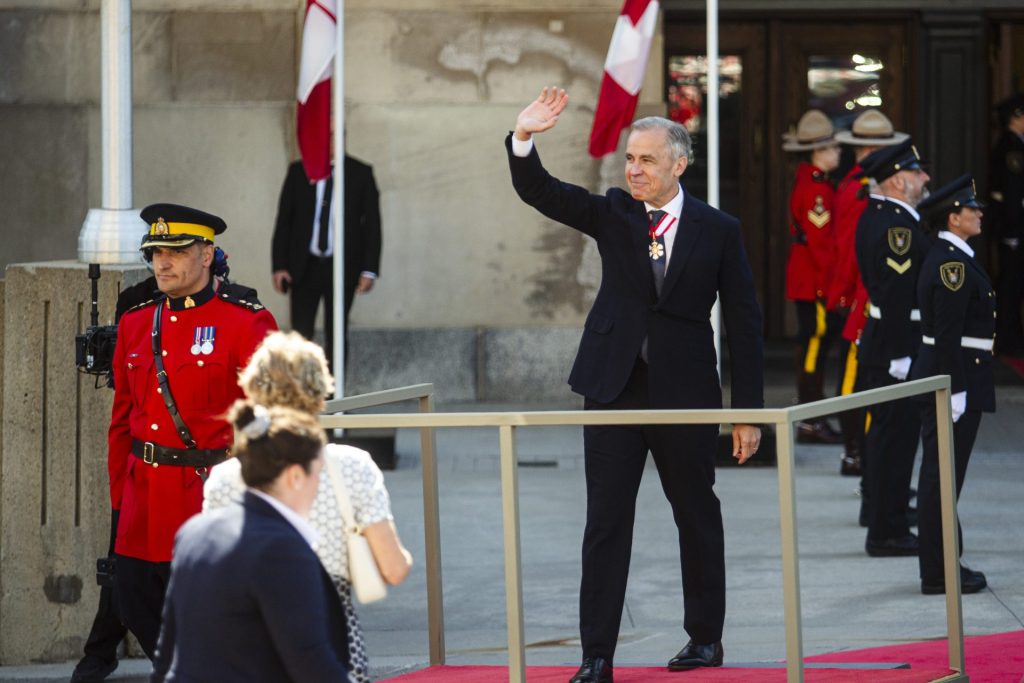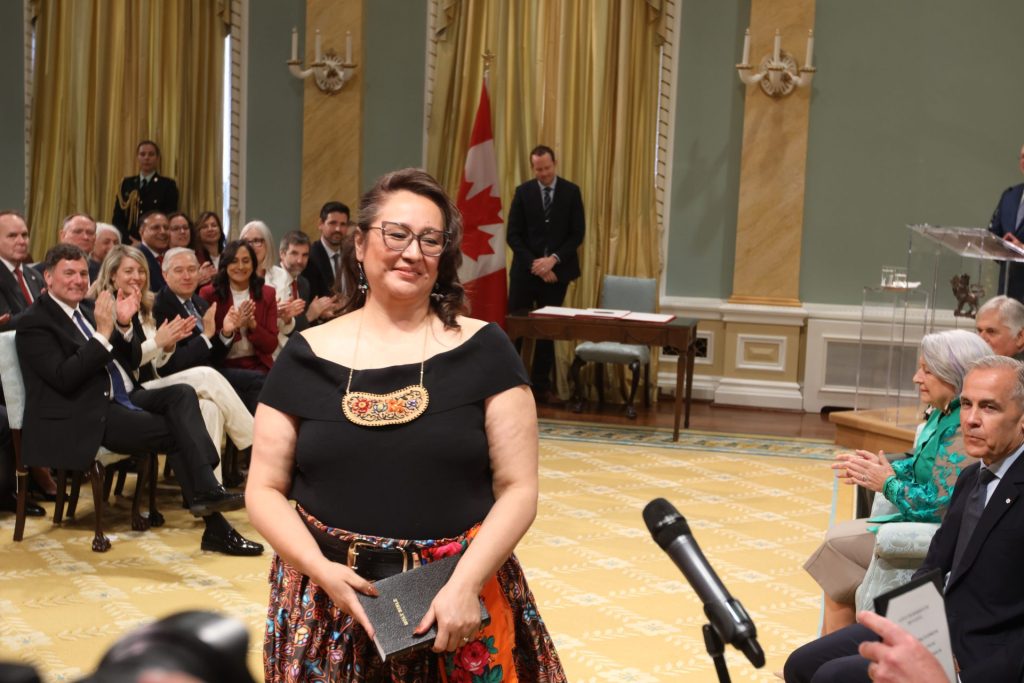Feds set out $486.9-billion in spending in 2025-26 main estimates

The Carney government’s first set of main estimates have been published, and set out $486.9-billion in federal spending, an increase of roughly 8.4 per cent compared to the year prior.
With a new House of Commons Speaker elected on May 26, and the Speech from the Throne delivered by King Charles III the next day, one of the first items of business in the House Chamber was the tabling of the 2025-26 main estimates by Treasury Board President Shafqat Ali (Brampton-Chinguacousy Park, Ont.) on May 27.
“The main estimates clearly outline how our government is addressing Canadians’ priorities and meeting the challenges and opportunities ahead,” read a quote attributed to Ali in a departmental press release.
The main estimates are the first spending document of the fiscal year, and are typically tabled by March 1 and followed by multiple supplementary estimates, but the election delayed this year’s usual supply process. In 2024-25, the mains set out a total of almost $449.2-billion in federal budgetary spending—an amount which rose to almost $486.7-billion by the end of the fiscal year.
To keep the wheels of government greased during the recent prorogation period—which included the start of the 2025-26 fiscal year on April 1—two special warrants were approved by the governor general totalling some $73.4-billion in spending, which has been included in the budgetary breakdowns contained in the main estimates.
Of the $486.9-billion in budgetary spending laid out for the start of the 2025-26 estimates process, just under $264-billion is forecast statutory spending already authorized through legislation, with the other $222.9-billion to be subject to parliamentary votes. As noted in the document, statutory spending in the 2025-26 mains includes the new Canada Disability Benefit, as well as “increases in major transfer payments, most notably elderly benefits, the Canada Health Transfer and fiscal equalization.”

Almost $294.8-billion of the total spending ask—or about 60.5 per cent—is tied to transfer payments, with $143.1-billion going towards operating and capital expenditures, and $49.1-billion—or roughly 10.1 per cent—going toward public debt. In the 2024-25 mains, roughly $46.5-billion in budgetary spending was tied to public debt, representing about 10.4 per cent of that document’s total budgetary ask.
Another $1.17-billion in non-budgetary spending—on things like loans, investments, and advances—brings the 2025-26 main estimates’ bottom line to almost $488.1-billion.
Taking into account the 2024 fall economic statement’s spending projections, as well as things like revenue and items not included in the estimates, projected expenses for 2025-26 currently total $554.5-billion.
As flagged in the document, statutory spending forecasts of ministerial salaries and car allowances do not reflect the changes made in the last two cabinet shuffles on March 14 and May 13. Prime Minister Mark Carney (Nepean, Ont.) opted for a smaller cabinet than his predecessor, trimming down his pre-election team to 23 ministers, and reconfiguring his current cabinet to 28 ministers and 10 secretaries of state. Cabinet ministers get a $99,900 top-up to their base MP salary of $209,800, and their junior counterparts get an added $74,700. Carney, meanwhile, makes an annual salary of $419,600.
DND, Indigenous Services top spending asks
Some 130 federal departments, agencies, and Crown corporations are seeking funds through this year’s mains, five of which have requests subject to parliamentary approval of more than $10-billion: the departments of National Defence (DND), Indigenous Services, Employment and Social Development (ESD), Crown-Indigenous Relations and Northern Affairs (CIRNA), and Health, respectively.
DND is seeking a total of almost $35.7-billion in budgetary spending through this year’s mains—up roughly 16.6 per cent from 2024-25—of which $33.9-billion will be subject to votes, including $21.5-billion in operating expenditures, $10.9-billion in capital expenditures. Broken down by purpose, $9.5-billion of the department’s ask is tied to “Procurement of Capabilities,” with $4.8-billion for “Sustainable Bases, Information Technology Systems and Infrastructure”; $4.4-billion for the “Defence Team”; almost $2.3-billion for operations; about $1.2-billion for “Future Force Design”; and close to $1.1-billion for internal services.
Indigenous Services Canada has a total budgetary ask of $25.3-billion—up roughly 20.4 per cent from last year—including $4.1-billion in operating expenditures, $6.5-million in capital expenditures, and $21.1-billion in grants and contributions. Of that total, about $25.2-billion will be subject to votes. Among the transfer payments listed for the department in this year’s mains is a little more than $2-billion in grants to “support the new fiscal relationship for First Nations,” as well as almost $784-million “to support child and family services co-ordination agreements and related fiscal arrangements.”

ESD has the third-highest ask by organization in the mains, but the $13.1-billion subject to parliamentary approval is a fraction of the $105.7-billion in total budgetary spending—which is up roughly 7.1 per cent from 2024-25. The bulk of the department’s spending is statutory, including $64.7-billion tied to Old Age Security payments and $20.1-billion for Guaranteed Income Supplement payments. MPs, however, will vote on $197.2-million tied to the Canada Student Loans and Canada Apprentice Loans debt write-off.
CIRNA’s main estimates budgetary spending request totals a little more than $13-billion—an increase of roughly 19.5 per cent from the year prior—all but $37.1-million of which will be subject to votes. Of that total, roughly $11.6-billion is directed towards Crown-Indigenous relations, with $1.3-billion going to Northern Affairs, and about $143.6-million to the department’s internal services. Altogether, about $8.2-billion is tied to transfer payments, including almost $4.8-billion in grants to “First Nations to settle specific claims negotiated by Canada and/or awarded by the Specific Claims Tribunal, and to Indigenous groups to settle special claims.”
The Department of Health, meanwhile, has an overall budgetary ask of $10.6-billion in the 2025-26 mains—up 22.4 per cent—of which $10.3-billion will be subject to Parliament’s approval. Transfer payments listed for the department include $4.6-billion tied to contributions to provinces and territories. Among its statutory spending is roughly $100.9-million tied to recent increases to public pharmacare coverage.
The House of Commons is seeking $656.5-million through the 2025-26 mains, an increase of about 5.3 per cent from the $623.7-million sought in the 2024-25 mains, and the Senate is seeking almost $139.3-million, a roughly 3.3 per cent jump.
In some notable changes, the Canada Revenue Agency—which, as recently reported, shed 6,656 staff in 2024-25—is seeking about $10.4-billion in budgetary spending in these estimates, down almost 41 per cent per cent from the roughly $17.6-billion requested in the 2024-25 mains. That drop is largely tied to statutory funding, which dropped from $12.9-billion in the 2024-25 mains to just $5.5-billion, much of which can be attributed to the now-ended Canada Carbon Rebate.
Funding for the Canada Border Services Agency is up by about $305.9-million in the 2025-26 mains at just under $3-billion compared to $2.6-billion the year prior, and is up by $277.5-million for the Canadian Security Intelligence Service at $980.1-million this year compared to $702.6-million in the 2024-25 mains.
Canada Post is seeking almost $1.06-billion through this year’s mains, almost five times the $22.2-million it sought last year. The roughly $1.03-billion difference—which is subject to a vote—is due to payments made to the corporation in line with Section 31 of the Canada Post Corporation Act, which provides for the government to cover the shortfall if the Crown corporation’s revenues “are not sufficient to pay all the operating and income charges.” A report released earlier this month by the Industrial Inquiry Commission declared Canada Post, which is currently facing looming strike action, to be “effectively insolvent.”
The Hill Times






 LICENSING
LICENSING PODCAST
PODCAST ALERTS
ALERTS













